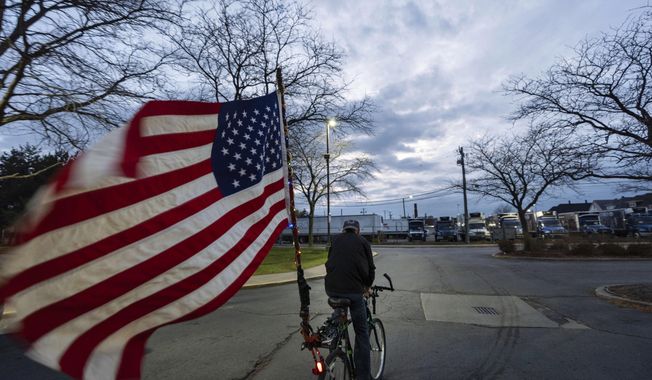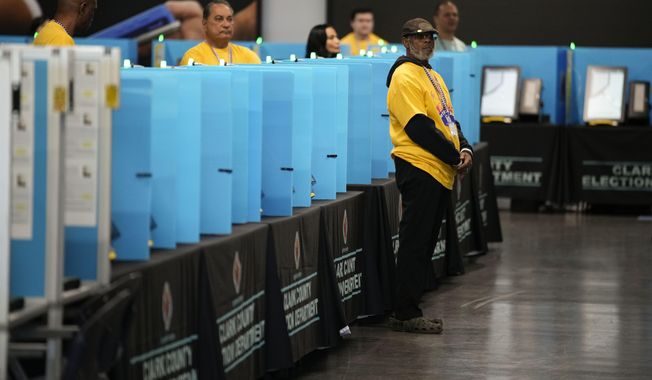
Instacart worker Saori Okawa loads groceries into her car for home delivery on Wednesday, July 1, 2020, in San Leandro, Calif. Okawa is one of an estimated 1.5 million so-called gig workers who make a living driving people to airports, picking out produce at grocery stores or providing childcare for working parents. But with the pandemic pummeling the global economy and U.S. unemployment reaching heights not seen since the Great Depression, gig workers are clamoring for jobs that often pay less while facing stiff competition from a crush of newly unemployed workers also attempting to patch together a livelihood until the economy recovers. (AP Photo/Ben Margot)
Featured Photo Galleries




Trump Transition: Here are the people Trump has picked for key positions so far
President-elect Donald Trump has announced a flurry of picks for his incoming administration. Get full coverage of the Trump transition from The Washingon Times.

Trump dances onstage, takes post-election nation by storm
President-elect Trump dances onstage









